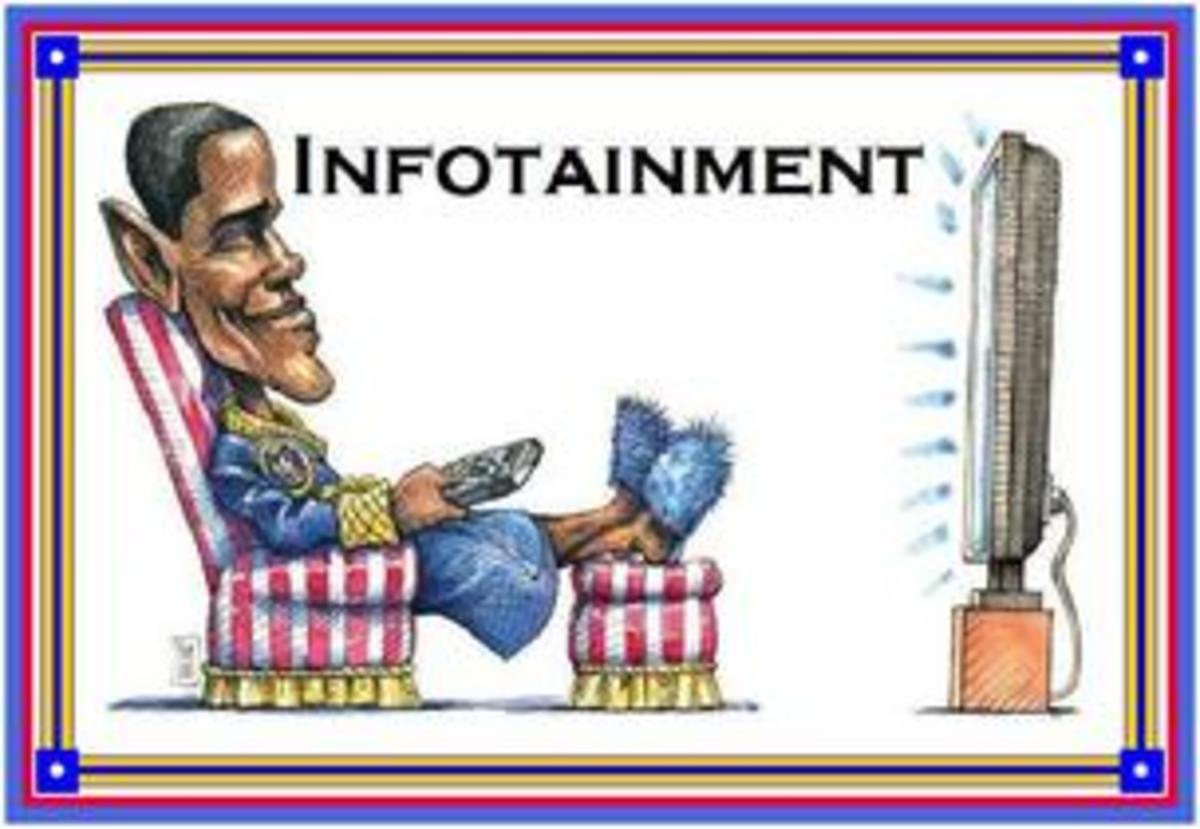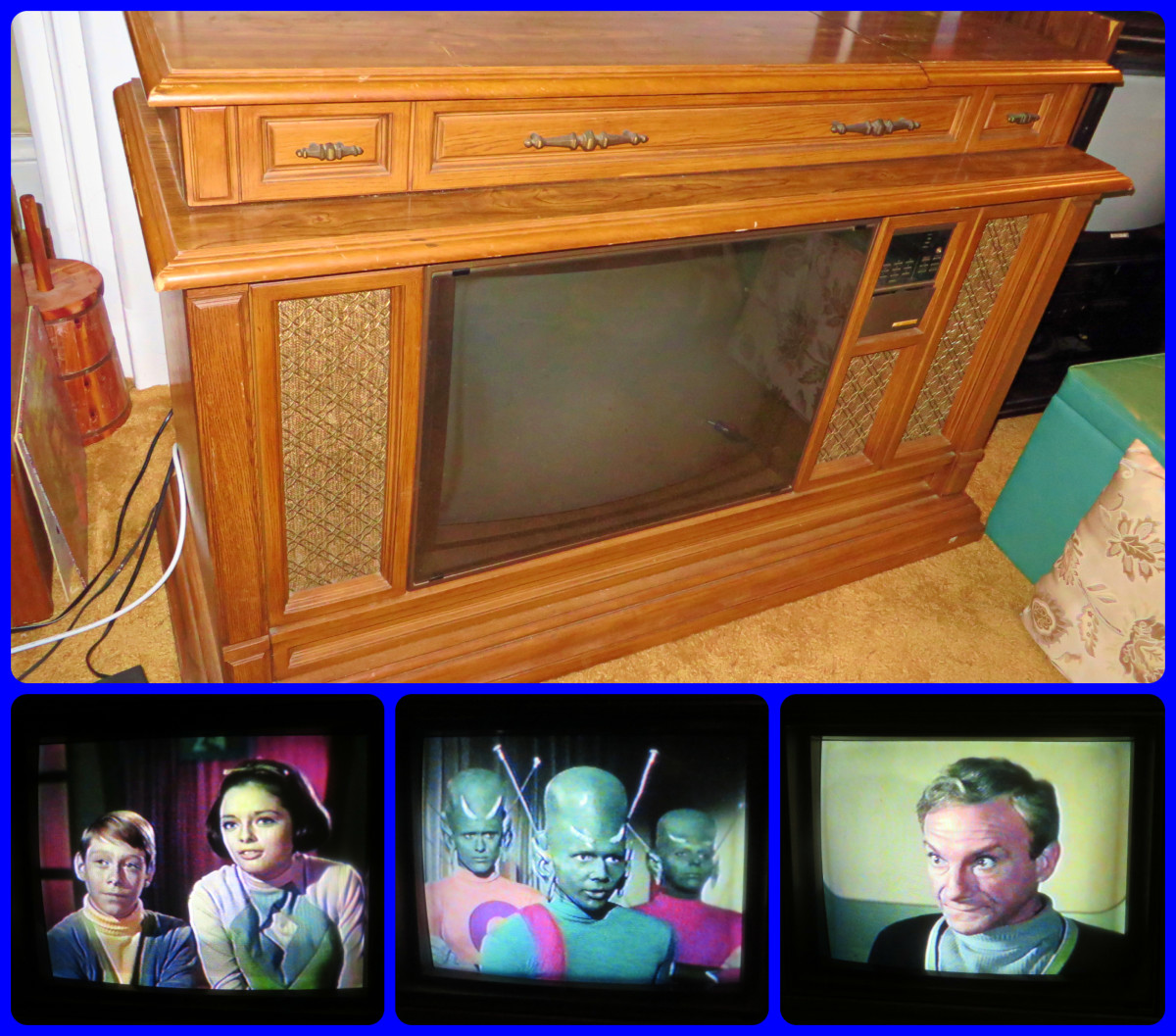Yes, Television and Cable News is Biased.
Brian Williams of NBC News
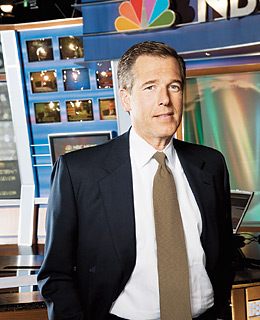
Is the media biased?
Yes.
Ok, so you probably want more of an answer.
First, let’s all agree to a simple, undisputed fact—we all are biased. If we weren’t, we wouldn’t be able to order off a menu in a restaurant. We like some things and dislike others. This helps guide our decision making when we are given choice. Eliminate bias and the drive-thru lane grinds to a complete stop.
People (myself included, gentle reader) tend to complain about media bias when a station expresses a viewpoint which is against ours. We know how stupid the other opinion is—how can they (the reporters/announcers) even say it much less believe it?!? They must be biased!
Where do you get your news?
What is your primary news source?
Senator Joseph McCarthy
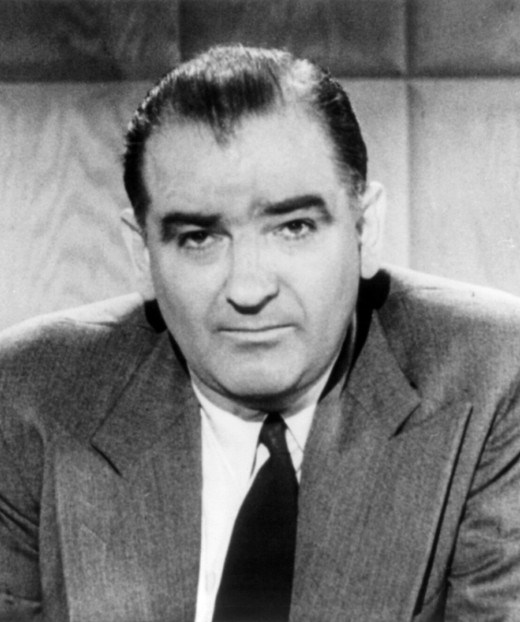
Edward R. Murrow vs. Joseph McCarthy
A (very) short history of media editorializing.
Once, a long, long time ago in an administration far, far away . . .
The Federal Communication Commission, the regulatory arm who is charged with watching over broadcasters, at one time was very concerned with editorializing. When widespread commercial broadcasting began, Congress and the FCC saw the airwaves as a public good. Congress charged the FCC (and the Federal Radio Commission before them) to license stations and make sure that those stations served the public interest (defined very vaguely—how handy). Congress advocated the principle of scarcity—the electromagnetic spectrum was limited so licensees had to show how they served the public interest. The FCC could choose to not renew or even revoke the license if a challenger could show that the current license-holder was not serving the public interest (vaguely defined). Revocation or non-renewal was rare but did occur.
One area that the FCC had concerns over was editorializing by stations. Stations were . . . discouraged . . . from endorsing candidates or taking sides in controversial issues within their designated market area. This wasn’t outright censorship, but it was as close as you could get without wading into the sticky stuff. Democracy? Leave it for the newspapers. In 1949, the FCC reversed itself and declared that stations should take sides in public issues in their communities. Express a view, but let people with opposing views also express their opinion, free of charge, on your station. Capitalism? Leave it for the magazines. License holders, and their organization the National Association of Broadcasters had a fit over this. This would lead to censorship or, at the very least, a chilling effect on the expressing of public opinion. “Fairness Doctrine” my . . .
CBS leads the way
But editorializing didn’t die on the media. There are several famous instances of commentators expressing an opinion on the air and then having rebuttal from the person or group challenged. Edward R. Murrow and Fred Friendly went after Senator Joseph McCarthy on See It Now and McCarthy returned the favor on a later episode (were something like the Murrow/McCarthy war to happen today, it would be a sixteen week reality show. The Obama/Fox News feud ain’t got nothing on this). Walter Cronkite, the most trusted news anchor at the time (and everyone’s favorite TV uncle) went to Vietnam and, upon returning home, editorialized on the CBS Evening News with Walter Cronkite, told the nation that there was no way the United States could win or lose. Chilling effect? It just seemed like things were heating up!
Walter Cronkite on Vietnam
Former FCC Chairman Marc Fowler
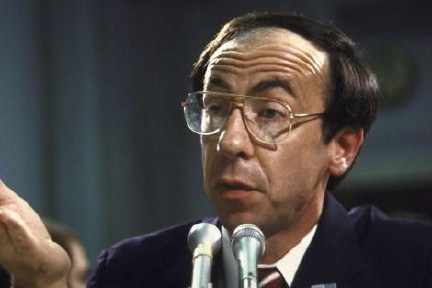
Death of a notion
The Fairness Doctrine died in 1985 as Congress, under the impetus of President Ronald Reagan (a TV man himself) and FCC Chairman Marc Fowler, let the whole thing die. Scarcity—my cable system has fifty-six channels on basic! It true is a tube of plenty—let the Crossfire begin! Since that act, broadcast media has editorialized more while calling it news.
About the same time, there was much discussion of the trivialization of the news. Stations and networks were focusing less on “hard” news and focusing more on “soft” stories. Russia versus Afghanistan too much of a downer? Michael Jackson is back from his accident on the set of the Pepsi commercial better than ever! Which one is more important? Which one will YOU talk about tomorrow? News budgets were cut, foreign bureaus cut back or shuttered—except for CNN, but they still mattered at the time—more infotainment! That is, if you had reporters covering news at all. Video News Releases (VNR) had started appear by the late 1980’s. These were advertisements disguised as stories provided to stations—for free!—by public relations firms with an agenda and larger budget. East and West German unification confusing you? But you will know the health benefits of the potato, courtesy of the Potato Board of Montana (never named).
Advertising and News
Should news broadcast identify VNR or paid placement stories?
Video News Release example
News and professional/ideological bias
But the news must solider on since, after all, it is the biggest money maker for local stations.
News directors at these local stations have biases just like you and I. She or he chooses to send crews to cover one story knowing that by tying up the equipment and personnel to cover that story—say the President’s news conference—it eliminates the possibility of covering other stories. The news director serves as the initial gatekeeper. Each station has a limited amount of resources and has to allocate them to the “best” stories. The nature of this bias shapes what we see on the news and, as an extension, shapes reality. We need to examine how these bias manifest themselves and how they perpetuate over time (it’ll be worth it).
David Manning White and the "gate keepers"
David Manning White was an early investigator of the gatekeeping process. He published the article “The ‘Gate Keeper’: A Case Study in the Selection of News” in the journal Journalism Quarterly in 1950. In it, he looked at the selection process of a wire editor in a mid-western town whom he referred to as Mr. Gates (catchy). Gates only accepted one-tenth of the volume of wire stories that appeared during the study. White breaks down why Gates rejected the stories under two broad categories, “not newsworthy” and “multiple reports of the same event.” (386) White notes that decision to publish or not to publish is “highly subjective.” (386) When asked by White if he had prejudices or criteria for including certain subjects while rejecting others, Gates replies:
“I have few prejudices, built in or otherwise, and there is little I can do about them. I dislike Truman’s economics, daylight saving time and warm beer, but I go ahead using stories on them and other matters if I feel there is nothing more important to give space to. . . The only tests of subject matter or way of writing I am aware of when making a selection involve clarity, conciseness and angle.” (390)
The decision, according to Gates, is a professional rather than personal one. White seems to doubt this, writing “It is a well known fact in individual psychology that people tend to perceive as true only those happenings which fit into their own beliefs concerning what is likely to happen. It begins to appear (if Mr. Gates is a fair representative of his class) that in his position as ‘gate keeper” the newspaper editor sees to it (even though he may never be consciously aware of it) that the community shall hear as a fact only those events which the newsman, as representative of his culture, believes to be true.” (390)
Warren Breed and the socialization of the newsroom
The prejudices that the news director holds become systematic through socialization in the newsroom. Warren Breed, in a 1955 article “Social Control in the Newsroom: A Functional Analysis” from Social Forces, states that while the editorial policy of a newspaper is never stated outright by the editors or publishers, members of the staff are quickly socialized to the policy. Socialization occurs either through interactions with the “bosses” or interactions with fellow employees. Why, you may ask gentle reader, do new reporters follow the unstated policies? Breed lays out six reasons—institutional authority and the threat of sanction, feeling of obligation toward or esteem for superiors, desire for mobility within the system, one single trade organization (American Newspaper Guild) with one set of guidelines for ethical behavior, the “pleasant” nature of the activity and the idea that news is a value. (330-331) What this leads to, Breed contends, is conformity to a “reference group” (331) where the young, intrepid reporter “shares their [the reference group’s] norms, and thus his performance comes to resemble theirs . . . The reference group itself, which has it ‘magnet’ element of the elite of the executives and old staffers, is unable to change the policy to a marked degree because first, it is the group charged with carrying out policy, and second, because the policy maker, the publisher, is often insulated on the delicate issue of policy.” (332) A consciousness industry exists within the consciousness industry—the status quo is built and maintained through institutionalized practices (if this sounds fascinating, check out my post entitled “The Self-Consciousness Industry”).
David Sarnoff
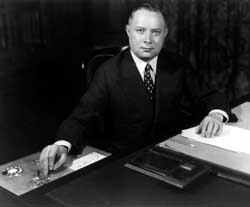
Newsroom versus boardroom
Change does occur, but it is slow. The values of one group can come to dominate the values of the other. In the media, the two groups represent the newsroom culture and the boardroom culture. The former is about gathering the news. The latter is about making money. To the women, men, boys and girls in the boardroom, the media have the same basic goal as any other industry—to make money and turn a profit for the corporation’s shareholders. All content of the media are subservient to that goal. There is no real difference between a sitcom, a soap opera or the evening news—it is all about bringing eyes to view the commercials. This is neither a good or bad thing; it simply is the way that things work. A news director, forced to deliver ratings, picks and chooses the stories he or she thinks will draw the biggest audience and to determine the angle to take the story. Sometimes the angle is based upon the editorial stance of the outlet, sometimes the angle is based upon the demographics of the desired audience. Which is Fox News based on? CNN? Looking at the parent companies will help me to report and you to decide (oh, wait ...).
Fox News and News Corporation
Fox News is owned by parent company News Corporation. According to the Columbia Journalism Review, News Corporation also owns everything that starts with “Fox” and most things that have “Fox” somewhere in the name. They also own several newspapers, all with conservative editorial policies (surprised yet?) such as the Wall Street Journal, London Times, The (U.K..) Sun, the New York Post, the Australian Daily Telegraph and Weekly Times. They also hold ownership of Dow Jones and are the majority owner of National Geographic Television (wait, what?) and Nat Geo Wild. Fox Searchlight has also released such uplifting, family friendly films such as Twelve Years a Slave and Thirteen.
Ted Turner
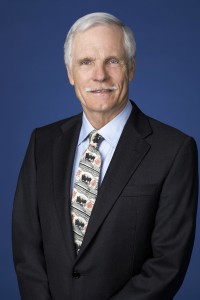
CNN and Time-Warner
Maybe CNN will provide the clear, ideologically pure ideal we are looking for. CNN is owned by parent company Time-Warner (which explains why it is only on from noon to six p.m. on Tuesday and often shows up at the wrong address). Time-Warner owns everything Warner Brothers, Turner, and HBO related. It also owns a number of gun related magazines (maybe that’s why Piers Morgan was let go) and woman-only type magazines (Woman’s Day, Working Woman).
Bias!
Might it be that ideological posturing is nothing more than an attempt that all companies do in order to make money?
At one time, the news and entertainment departments of networks were kept separate. Today that separation has all but been eliminated. Whereas news judgment determined the topics to be discussed, today it is more likely the boardroom that sets the agenda for the news. Take News Corporation as an example. News Corporation is a vertically stratified company that produces several different types of media. Fox News is just one arm. If an imprint of News Corporation publishes a book, you are likely to see that author interviewed on Fox News and in the Wall Street Journal, making publicity stops to News Corporation stations during the book tour, posing for pictures in News Corporation held newspapers and, maybe if the book has a lot of potential, end up being made into a major movie through Twentieth Century Fox! The aim is profitability and that, in the final analysis is the greatest determiner of bias.



